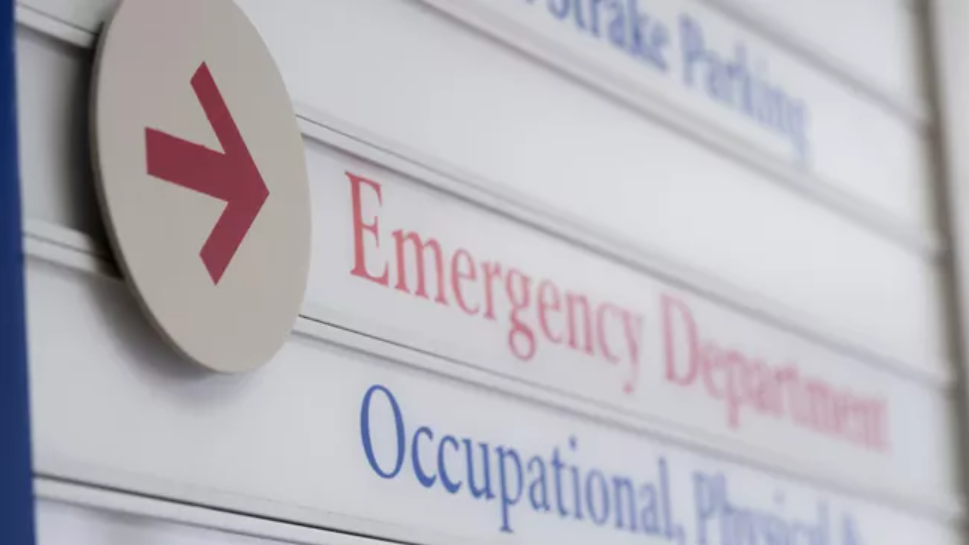Black patients are disproportionately restrained during emergency department visits, according to a new study by Baylor University College of Medicine.
Jama Internal Medicine released findings last month on physical restraints in emergency department visits based on a review of 10 studies published through February 2022. Based on the data, Black patients are more likely than any other racial group to be restrained during emergency department visits, per Seattle Medium.
“The absolute event rate for restraint use was relatively low, less than 1%, but our results suggest that Black patients have a higher risk of restraint than patients of other racial groups,” Dr. Vidya Eswaran, corresponding author of the paper and assistant professor of emergency medicine at Baylor, said.
Physical restraint includes using belts, vests, jackets, mitts, and other devices that confine the body and prevent movement. Though it can protect patients and staff from harm, physical restraint can cause physical and psychological trauma to those being treated.
Physical restraint can also lead to asphyxia and even death if patients aren’t continually monitored by staff. More, restraints raise civil rights and liberty issues “including the right to refuse care, freedom from imprisonment, and freedom of association,” The American College of Emergency Physicians said.
Eswaran said further research needs to be conducted on the disparity.
“Showing that differences in restraint use exist is not enough,” she said. “We must now further assess the mechanism for why these differences occur and what can be done to prevent them from persisting.”
The Black Information Network is your source for Black News! Get the latest news 24/7 on The Black Information Network. Listen now on the iHeartRadio app or click HERE to tune in live.


